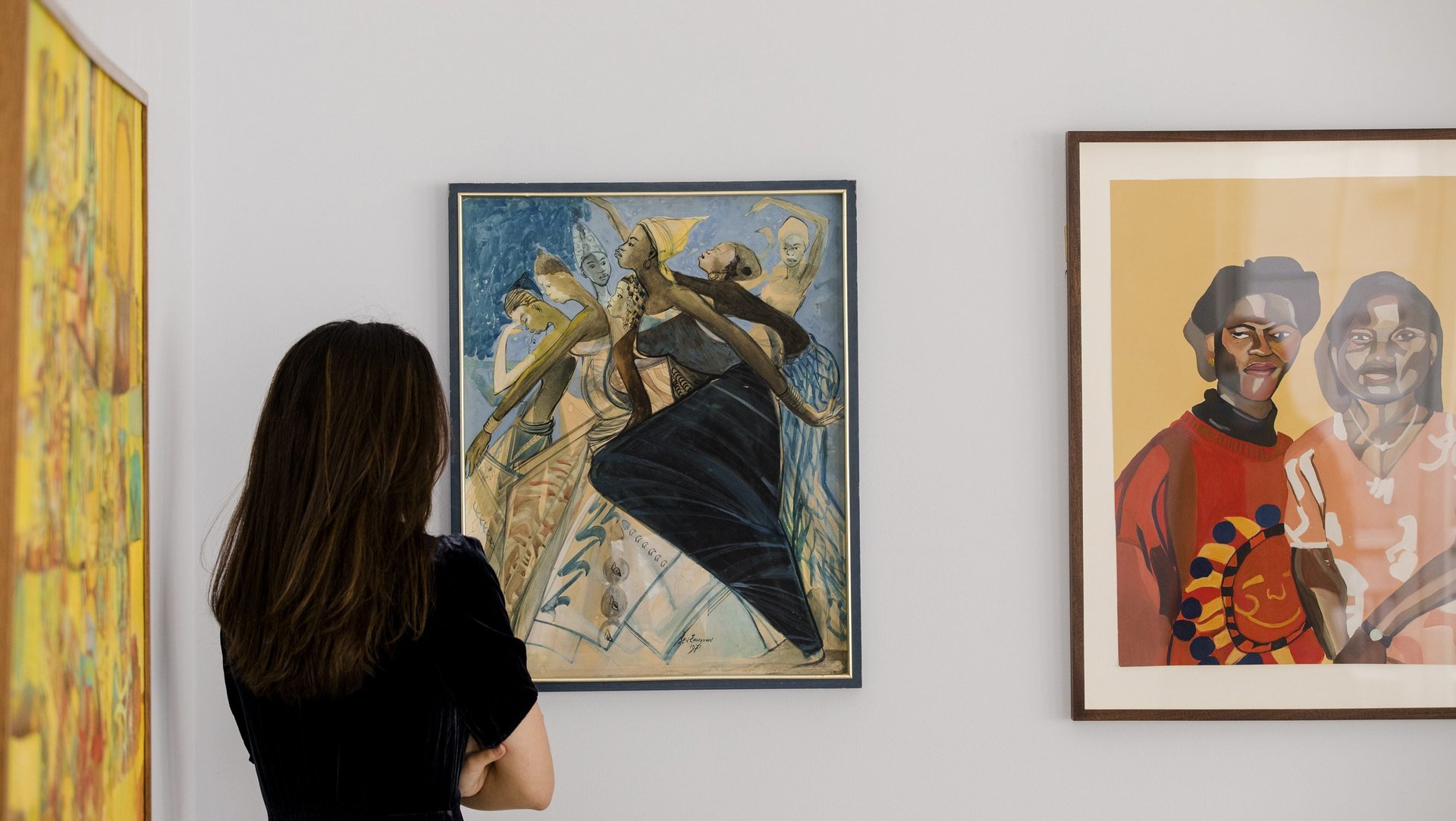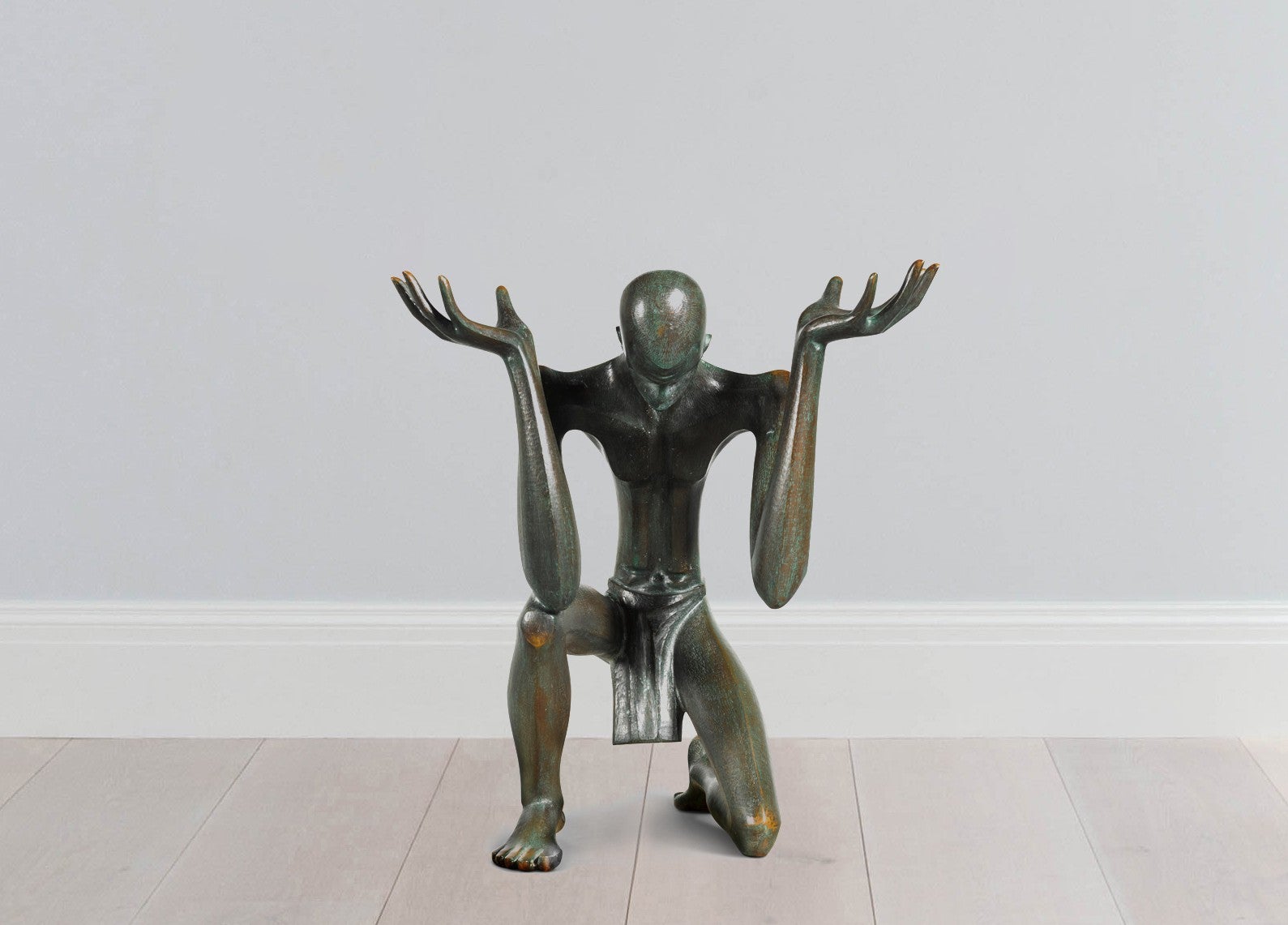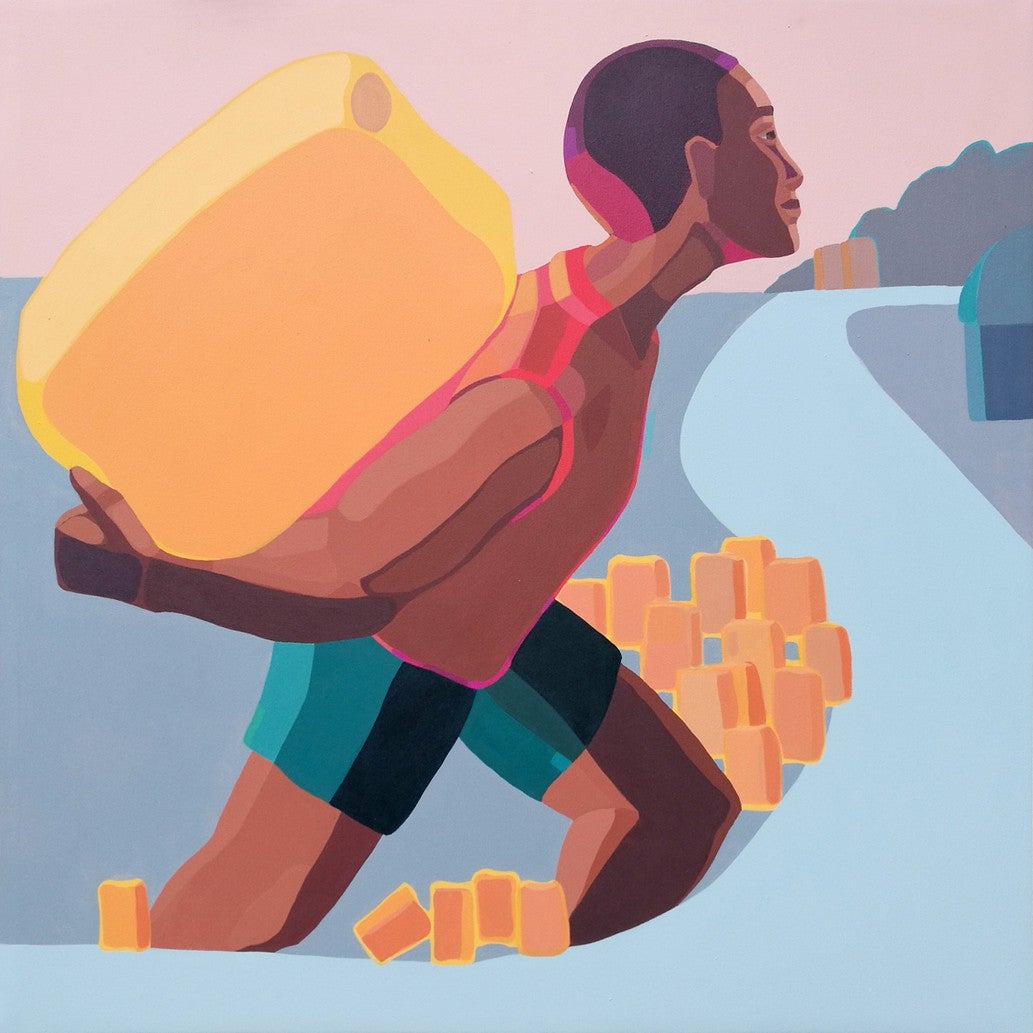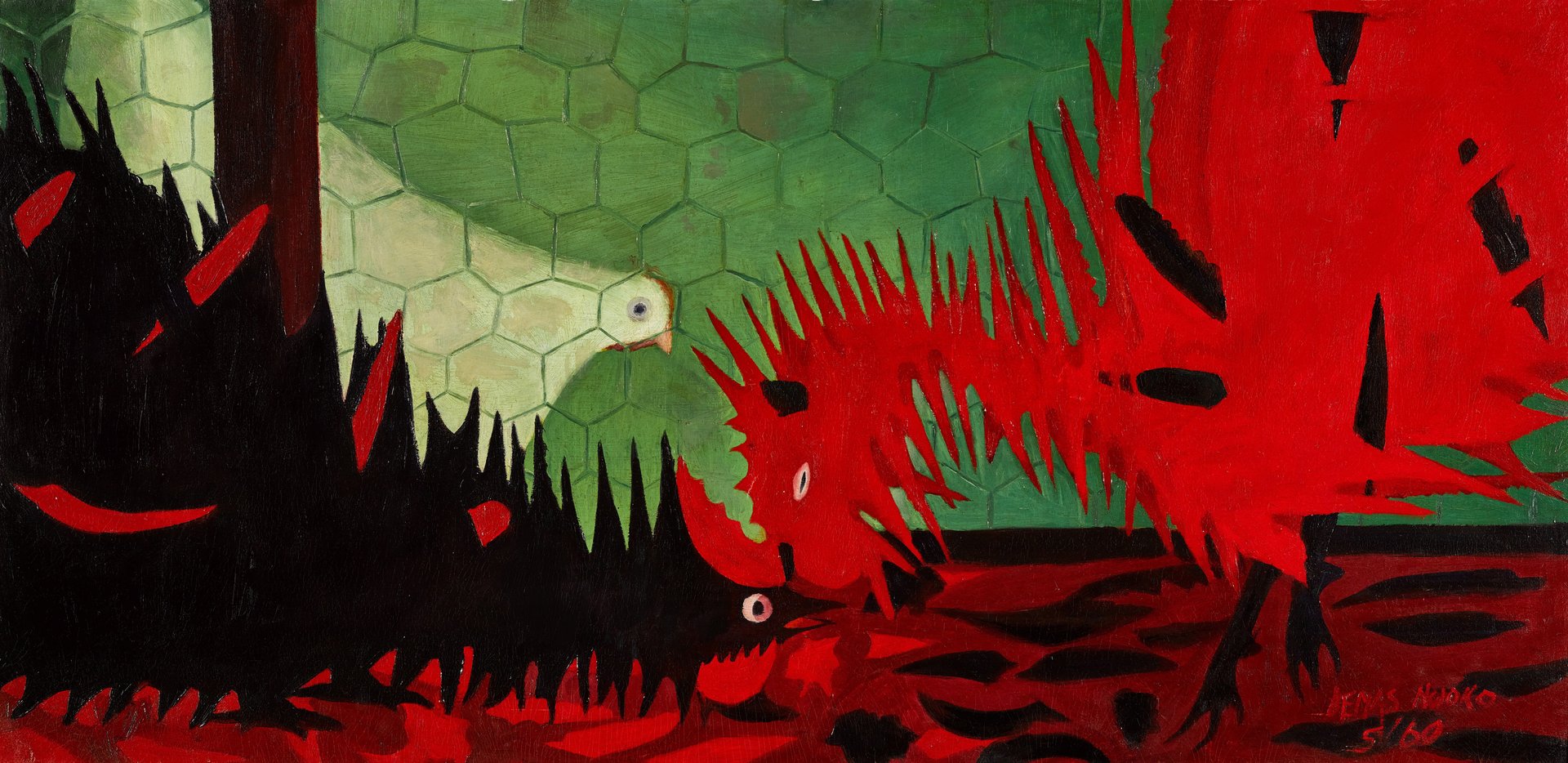African collectors are driving global sales of contemporary African art
Sotheby’s recently concluded its bi-annual Modern & Contemporary African Art auction, exceeding the lower end of its pre-sale estimate by over 40% to net £2.7 million ($3.7 million). Participants hailed from 34 countries, with over a third of buyers transacting with Sotheby’s for the first time, making the auction houses’ third online-only auction of contemporary African art a major success.


Sotheby’s recently concluded its bi-annual Modern & Contemporary African Art auction, exceeding the lower end of its pre-sale estimate by over 40% to net £2.7 million ($3.7 million). Participants hailed from 34 countries, with over a third of buyers transacting with Sotheby’s for the first time, making the auction houses’ third online-only auction of contemporary African art a major success.
The category was created by Sotheby’s only four years ago to champion the work of African artists. Since then, it has achieved over 80 record-breaking sales, underscoring the rising global interest in this category. According to Sotheby’s estimates, on average around a third of bidders since the launch have originated from Africa, North America, and Europe, with 10% from LatAm and Asia. Yet around 70% of the sales between this period were African collectors.
This is a trend that has been further accelerated with the onset of online-only sales necessitated by the coronavirus pandemic from March last year, the auction house says. Online sales are attractive to younger African collectors who are mobile and tech savvy, and likely more comfortable bidding and buying remotely than traditional collectors.
It could also signal a fascinating shift in the global African art market, with local collectors signaling to the world which artists they value and celebrate in their own markets for a change. It’s also a sign of the increasingly important role of art markets and museums in different parts of the continent.

“This category is one that has seen a continued rise in sales even during the pandemic,” says Hannah O’Leary, the head of Modern and Contemporary African Art at Sotheby’s. “From 2017-2019, we had a 30-50% growth in sales. The trajectory was lower last year given the pandemic, but was still a positive growth even as general auction sales went down across other departments.”
African art sales are still less than 1% of all global art sales at Sotheby’s and worldwide, with Sotheby’s having the largest volume of sales, O’Leary says. But it is a category that is poised for even more growth in the years to come.
The results from this past auction were intriguing, with records set both for more established, older recognized artists, such as Nigeria’s Ben Enwonwu as well as contemporary artists. Leading the offerings was Enwonwu’s bronze Atlas, which sold for £378,000 ($519,826)—a new world record for a sculpture by the artist in its first appearance at auction. A record was also set for a work on paper by Enwonwu; his watercolor from the seminal Africa Dances series was purchased for £189,000 ($259,913).
Six other records were held by artists from Nigeria, Ethiopia, Cameroon and Senegal. One of these is an oil and acrylic canvas painting, Mute Lives, by Cameroonian artist Adjani Okpu-Egbe which has a Jean-Michel Basquiat-esque look to it.
Another fascinating piece is A Boy with a Yellow Jerrycan by Ethiopian artist Nirit Takele. Born in 1985 in Ethiopia, Takele and her family moved to Israel in 1991 during a covert Israeli military operation which saw several thousand Ethiopian Jews airlifted to Israel at a time of great political instability in Ethiopia. The acrylic canvas painting is inspired by members of the Ethiopian-Jewish community, Ethiopian folklore, and daily life in Addis Ababa.

Another record was held by Senegalese artist Iba N’Diaye who is acknowledged as one of the most important painters of the 20th century in terms of his work, and his role in founding the École de Dakar, the focal point of an artistic movement that helped shape Senegal between the 1960s and 1980s. N’Diaye’s intimate portrait of his niece, Portrait d’Anna, blends his Senegalese identity with his formal European training.

Folly, by Nigerian artist Demas N. Nwoko, almost tripled its high estimate to bring £226,800 (311,895). The painting was well celebrated in Nigeria in the 1960s, then disappeared from the global scene. It was recently found in a modest home in South London. O’Leary notes that such surprises and “discoveries” are not that rare in the contemporary African art category as its importance grows.
O’Leary is optimistic that the move from holding sales in their London showroom to holding them online during the pandemic will only boost the category further (the auction house will return to a hybrid of in-gallery and online sales once safe to do so). “Given that the majority of collectors are African and based on the continent, the closing of physical galleries has not affected their buying,” she says. “2020 was our largest grossing year for our sales of contemporary African art. We expect 2021 sales to surpass that even despite the pandemic.”
Sign up to the Quartz Africa Weekly Brief here for news and analysis on African business, tech, and innovation in your inbox.